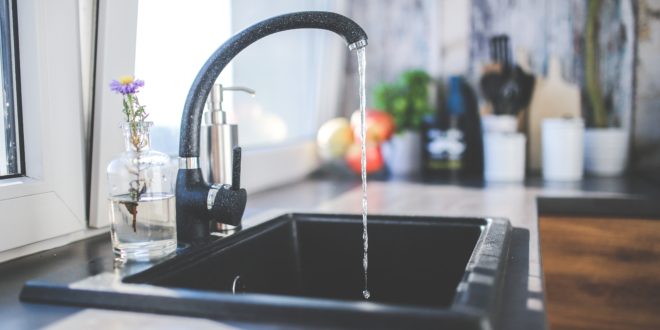There’s been a lot of controversy surrounding whether or not our government has been doing a good enough job at regulating our water supplies. Although the Safe Drinking Water Act was established more than 40 years ago and required the Environmental Protection Agency (EPA) to regulate public drinking water, agency enforcement has been inadequate. With the EPA failing to put the latest water testing and treatment standards into enforcement, cities and states have been left to regulate themselves. Local water utilities sometimes ignore best practices and put less rigorous water testing systems in place that often hide the true contamination levels of their water.
In one of the most well-known cases (Flint, Michigan), all levels of government — federal, state and local — failed at their oversight responsibilities to ensure that the residents had clean water. But Flint is hardly the only city in America with water testing problems. Some estimates show that nearly 100 million Americans could be drinking unsafe water, and recent surveys show that more than half of our nation’s rivers and streams are significantly polluted.
Fortunately, the state of our nation’s bays, lakes and ponds doesn’t have to be stagnant. A future of safe water is attainable if states work with one another to combat water pollution. Here are four of the most critical interventions that can help mitigate our water epidemic.
1. Regional Collaboration on Water Management
Much like streams in which water flows, our water management systems are splintered and fragmented. It’s more necessary than ever for communities and the various states of government to work together. Collaborative approaches will give local communities a plethora of resources and solutions they might not otherwise have. By collectively breaking away from devious water management practices and exploring new governance models, utilities can improve efficiency and quality.
2. Adequate Funding for Water Infrastructure
Despite the universal need for clean water management, it isn’t cheap. Meeting the needs of system developments, renewals, compliance and the day-to-day costs of utility operations can be a burden on small to mid-sized communities. While the federal government used to contribute 63% of capital spending on water infrastructure, that number has decreased to nine percent over the last 40 years.
While there are government programs out there that do help with funding, there’s a massive gap in funding, especially for those smaller communities. For the foreseeable future, revenue from water, sewer and stormwater rates will continue to be the primary funding source. We must fully understand the costs of providing these services — not just the daily operations but also the costs of system renewals and rehabilitation.
3. Increasing Technology Adoption to Build Efficiency and Better Water Service
To solve a majority of the challenges facing water management and safety, we must invest in and deploy new technologies and processes that have the potential to drive transformation. Some of the recent developments in water management include:
- Converting wastewater into resource streams
- Using sensors and drones to gather precise data on water quantity, water quality and infrastructure conditions
- Applying green infrastructure to our cities, like designing with rainwater in mind to limit runoff and pollution
4. Prioritizing the Protection of Public Health
While it’s easy to think of Flint and safe drinking water when it comes to public safety, so much more goes into keeping our water supplies clean. That includes what we need to do to keep our local water safe for swimming, fishing and other recreational activities. Better handling of algal blooms and managing of fish populations are two major ways we can make sure we’re keeping our ponds safe for everyone.
It’s also vital that we know the quality of the water where we partake in recreational water activities. Freshwater quality is most commonly measured by its level of E. coli. While E. coli’s presence is not necessarily harmful to humans by itself, certain strains can cause gastroenteritis and other diseases when they’re found in excess levels. This issue is normally an indicator that other disease-causing germs are present.
How We Can Keep Our Local Waters Safe
While much of the problem with our water stems from the political, administrative and regulatory, there are things we as citizens can do to ensure clean water.
First and foremost, we need to get educated. Staying informed about the material that makes up 71% of our planet is never a bad thing. Secondly, we can use this education to get involved. Resolving the issues with our local water supplies starts with collaboration. Are you ready to play your part?


